Luteolin-7-O-β-d-Glucuronide Attenuated Cerebral Ischemia/Reperfusion Injury: Involvement of the Blood–Brain Barrier
Abstract
:1. Introduction
2. Materials and Methods
2.1. Materials
2.2. Experimental Animals
2.3. Primary Culture of Cerebral Cortical Neurons
2.4. Experimental Protocol for the Protective Effect of LGU on OGD/R Neurons
2.5. tMCAO Model
2.6. Neurological Function Score
2.7. TTC Staining
2.8. Brain Water Content
2.9. Experimental Protocol for the Protective Effect of LGU on tMCAO Rats
2.10. Evans Blue
2.11. Detection of S100B Content in Rat Serum by the Elisa Kit
2.12. Electron Microscope Study
2.13. Detection of the Expression of Blood–Brain Barrier-Related Proteins by Western Blot
2.14. Detection of the Changes in TNF-α and IL-1β in Ischemic Brain Tissue of Rats Using the Elisa Kit
2.15. Data Analysis
3. Results
3.1. Establishment of the OGD/R Model in Rat Cerebral Cortical Neurons
3.2. Protective Effect of LGU on the OGD/R-Induced Decrease in Cell Viability in Rat Primary Cortical Neurons
3.3. Establishment of the tMCAO Rat Model
3.4. Protective Effect of LGU on Ischemic Brain Injury in tMCAO Rats
3.5. Effect of LGU on the Permeability of Evans Blue in tMCAO Rats
3.6. Effect of LGU on the Content of S100B in the Serum of tMCAO Rats
3.7. Effects of LGU on the Ultrastructural Changes in Neurons in tMCAO Rats
3.8. Effects of LGU on the Ultrastructural Changes in the Blood–Brain Barrier in tMCAO Rats
3.9. Effects of LGU on the Expression of Tight Junction-Related Proteins in the Ischemic Cerebral Cortex
3.10. Effects of LGU on the Expression of Matrix Metalloproteinase in the Ischemic Cerebral Cortex
3.11. Effects of LGU on the Content of TNF-α and IL-1β in the Ischemic Cerebral Cortex of Rats
4. Discussion
5. Conclusions
Author Contributions
Funding
Institutional Review Board Statement
Informed Consent Statement
Data Availability Statement
Acknowledgments
Conflicts of Interest
References
- Zhao, X.; Li, S.; Mo, Y.; Li, R.; Huang, S.; Zhang, A.; Ni, X.; Dai, Q.; Wang, J.; Tu, W.-J. DCA Protects against Oxidation Injury Attributed to Cerebral Ischemia-Reperfusion by Regulating Glycolysis through PDK2-PDH-Nrf2 Axis. Oxidative Med. Cell. Longev. 2021, 2021, 5173035. [Google Scholar] [CrossRef]
- Liao, B.; Geng, L.; Zhang, F.; Shu, L.; Wei, L.; Yeung, P.K.K.; Lam, K.S.L.; Chung, S.K.; Chang, J.; Vanhoutte, P.M.; et al. Adipocyte fatty acid-binding protein exacerbates cerebral ischaemia injury by disrupting the blood-brain barrier. Eur. Heart J. 2020, 41, 3169–3180. [Google Scholar] [CrossRef]
- Zhu, H.; Hu, S.; Li, Y.; Sun, Y.; Xiong, X.; Hu, X.; Chen, J.; Qiu, S. Interleukins and Ischemic Stroke. Front. Immunol. 2022, 13, 828447. [Google Scholar] [CrossRef]
- Chen, Y.; He, W.; Wei, H.; Chang, C.; Yang, L.; Meng, J.; Long, T.; Xu, Q.; Zhang, C. Srs11-92, a ferrostatin-1 analog, improves oxidative stress and neuroinflammation via Nrf2 signal following cerebral ischemia/reperfusion injury. CNS Neurosci. Ther. 2023, 29, 1667–1677. [Google Scholar] [CrossRef]
- Xu, B.; Wang, T.; Xiao, J.; Dong, W.; Wen, H.Z.; Wang, X.; Qin, Y.; Cai, N.; Zhou, Z.; Xu, J.; et al. FCPR03, a novel phosphodiesterase 4 inhibitor, alleviates cerebral ischemia/reperfusion injury through activation of the AKT/GSK3β/ β-catenin signaling pathway. Biochem. Pharmacol. 2019, 163, 234–249. [Google Scholar] [CrossRef]
- Yuan, Q.; Yuan, Y.; Zheng, Y.; Sheng, R.; Liu, L.; Xie, F.; Tan, J. Anti-cerebral ischemia reperfusion injury of polysaccharides: A review of the mechanisms. Biomed. Pharmacother. 2021, 137, 111303. [Google Scholar] [CrossRef]
- Carden, D.L.; Granger, D.N. Pathophysiology of ischaemia-reperfusion injury. J. Pathol. 2015, 190, 255–266. [Google Scholar] [CrossRef]
- Yu, S.; Jiang, B.; Tan, L.; Gao, M.; Lei, S.; Peng, L.; Zhao, Y. Phospholipase A2 of Peroxiredoxin 6 Plays a Critical Role in Cerebral Ischemia/Reperfusion Inflammatory Injury. Front. Cell. Neurosci. 2017, 11, 99. [Google Scholar]
- Chambers, B.R. Secondary prevention of stroke. Aust. N. Z. J. Med. 1995, 372, 1035. [Google Scholar] [CrossRef]
- Liu, Y.; Wang, D.; Wang, H.; Qu, Y.; Xiao, X.; Zhu, Y. The protective effect of HET0016 on brain edema and blood-brain barrier dysfunction after cerebral ischemia/reperfusion. Brain Res. 2014, 1544, 45–53. [Google Scholar] [CrossRef]
- Candelario-Jalil, E.; Dijkhuizen, R.M.; Magnus, T. Neuroinflammation, Stroke, Blood-Brain Barrier Dysfunction, and Imaging Modalities. Stroke 2022, 53, 1473–1486. [Google Scholar] [CrossRef]
- Akanuma, S.I.; Kubo, Y.; Hosoya, K.I. Techniques for Evaluating Efflux Transport of Radiolabeled Drugs and Compounds from the Cerebrospinal Fluid Across the Blood-Cerebrospinal Fluid Barrier. Blood-Brain Barrier 2019, 142, 231–248. [Google Scholar]
- Janyou, A.; Wicha, P.; Jittiwat, J.; Suksamrarn, A.; Tocharus, J. Dihydrocapsaicin Attenuates Blood Brain Barrier and Cerebral Damage in Focal Cerebral Ischemia/Reperfusion via Oxidative Stress and Inflammatory. Sci. Rep. 2017, 7, 10556. [Google Scholar] [CrossRef]
- Liu, X.; Chen, X.; Zhu, Y.; Wang, K.; Wang, Y. Effect of magnolol on cerebral injury and blood brain barrier dysfunction induced by ischemia-reperfusion in vivo and in vitro. Metab. Brain Dis. 2017, 32, 1109–1118. [Google Scholar] [CrossRef]
- Liu, X.; Tao, Y.; Wang, F.; Yao, T.; Fu, C.; Zheng, H.; Yan, Y.; Liang, X.; Jiang, X.; Zhang, Y. Kudiezi injection mitigates myocardial injury induced by acute cerebral ischemia in rats. BMC Complement. Altern. Med. 2017, 17, 8. [Google Scholar] [CrossRef]
- Diao, H.Y.; Zhu, W.; Liu, J.; Yin, S.; Wang, J.H.; Li, C.L. Salvianolic Acid A Improves Rat Kidney Injury by Regulating MAPKs and TGF-β1/Smads Signaling Pathways. Molecules 2023, 28, 3630. [Google Scholar] [CrossRef]
- Banker, G.; Goslin, K. Culturing Nerve Cells, 2nd ed.; MIT Press: Cambridge, MA, USA, 1998. [Google Scholar]
- Ciapetti, G.; Cenni, E.; Pratelli, L.; Pizzoferrato, A. In vitro evaluation of cell/biomaterial interaction by MTT assay. Biomaterials 1993, 14, 359–364. [Google Scholar] [CrossRef]
- Longa, E.Z. Reversible middle cerebral artery occlusion without craniectomy in rats. Stroke 1989, 20, 84–91. [Google Scholar] [CrossRef]
- Li, L.; Yu, Q.; Liang, W. Use of 2, 3, 5-triphenyltetrazolium chloride-stained brain tissues for immunofluorescence analyses after focal cerebral ischemia in rats. Pathol. Res. Pract. 2018, 214, 174–179. [Google Scholar] [CrossRef]
- Yang, S.; Ning, F.; Li, J.; Guo, D.; Zhang, L.; Cui, R.; Liu, Y. Therapeutic Effect Analysis of Sinomenine on Rat Cerebral Ischemia–Reperfusion Injury. J. Stroke Cerebrovasc. Dis. 2016, 25, 1263–1269. [Google Scholar] [CrossRef]
- Zhu, X.L.; Xiong, L.Z.; Wang, Q.; Liu, Z.G.; Chen, S.Y. Therapeutic time window and mechanism of tetramethylpyrazine on transient focal cerebral ischemia/reperfusion injury in rats. Neurosci. Lett. 2009, 449, 24–27. [Google Scholar] [CrossRef]
- Chen, J.; Sanberg, P.R.; Li, Y.; Wang, L.; Lu, M.; Willing, A.E.; Sanchez-Ramos, J.; Chopp, M. Intravenous administration of human umbilical cord blood reduces behavioral deficits after stroke in rats. Stroke 2001, 32, 2682–2688. [Google Scholar] [CrossRef]
- Tang, C.; Hong, J.; Hu, C.; Huang, C.; Dong, Y. Palmatine Protects against Cerebral Ischemia/Reperfusion Injury by Activation of the AMPK/Nrf2 Pathway. Oxidative Med. Cell. Longev. 2021, 2021, 6660193. [Google Scholar] [CrossRef]
- Dai, M.; Wu, L.; Yu, K.; Xu, R.; Zhou, M. D-Carvone inhibit cerebral ischemia/reperfusion induced inflammatory response TLR4/NLRP3 signaling pathway. Biomed. Pharmacother. 2020, 132, 110870. [Google Scholar] [CrossRef]
- Xie, W.; Zhu, T.; Zhou, P.; Xu, H.; Sun, X. Notoginseng Leaf Triterpenes Ameliorates OGD/R-Induced Neuronal Injury via SIRT1/2/3-Foxo3a-MnSOD/PGC-1α Signaling Pathways Mediated by the NAMPT-NAD Pathway. Oxidative Med. Cell. Longev. 2020, 2020, 7308386. [Google Scholar] [CrossRef]
- Bolaños, J.P.; Moro, M.A.; Lizasoain, I.; Almeida, A. Mitochondria and reactive oxygen and nitrogen species in neurological disorders and stroke: Therapeutic implications. Adv. Drug Deliv. Rev. 2009, 61, 1299–1315. [Google Scholar] [CrossRef]
- Yang, Q.; Huang, Q.; Hu, Z.; Tang, X. Potential Neuroprotective Treatment of Stroke: Targeting Excitotoxicity, Oxidative Stress, and Inflammation. Front. Neurosci. 2019, 13, 1036. [Google Scholar] [CrossRef]
- Wu, L.; Xiong, X.; Wu, X.; Ye, Y.; Gu, L. Targeting Oxidative Stress and Inflammation to Prevent Ischemia-Reperfusion Injury. Front. Mol. Neurosci. 2020, 13, 28. [Google Scholar] [CrossRef]
- Wang, H.; Mei, Y. The effect of hyperglycemia on blood brain barrier of rats with focal cerebral ischemia/reperfusion injury. J. Nanjing Med. Univ. 2005, 19, 241–246. [Google Scholar]
- Neil Granger, D.; Kvietys, P.R. Reperfusion injury and reactive oxygen species: The evolution of a concept. Redox Biol. 2015, 6, 524–551. [Google Scholar] [CrossRef]
- Ki, H.D.; Ra, K.A.; Young, C.B.; Hee, L.S.; Hyun, J.J.; Hwon, L.S.; Kyoung-Ha, P.; Jae-Bong, P.; Won, S.S. Combined Treatment With Dichloroacetic Acid and Pyruvate Reduces Hippocampal Neuronal Death After Transient Cerebral Ischemia. Front. Neurol. 2018, 9, 137. [Google Scholar]
- Kanner, A.A.; Marchi, N.; Fazio, V.; Mayberg, M.R.; Koltz, M.T.; Siomin, V.; Stevens, G.H.J.; Masaryk, T.; Ayumar, B.; Vogelbaum, M.A. Serum S100beta: A noninvasive marker of blood-brain barrier function and brain lesions. Cancer 2003, 97, 2806. [Google Scholar] [CrossRef]
- Goldim, M.P.S.; Della Giustina, A.; Petronilho, F. Using Evans Blue Dye to Determine Blood-Brain Barrier Integrity in Rodents. Curr. Protoc. Immunol. 2019, 126, e83. [Google Scholar] [CrossRef]
- Saunders, N.R.; Dziegielewska, K.M.; Kjeld, M.L.R.; Habgood, M.D. Markers for blood-brain barrier integrity: How appropriate is Evans blue in the twenty-first century and what are the alternatives? Front. Neurosci. 2015, 9, 166058. [Google Scholar] [CrossRef]
- Kaya, M.; Ahishali, B. Assessment of Permeability in Barrier Type of Endothelium in Brain Using Tracers: Evans Blue, Sodium Fluorescein, and Horseradish Peroxidase. Methods Mol. Biol. 2011, 763, 369–382. [Google Scholar]
- Michalicova, A.; Galba, J.; Novak, M.; Kovac, A. Determination of Evans blue as a blood–brain barrier integrity tracer in plasma and brain tissue by UHPLC/UV method. J. Liq. Chromatogr. Relat. Technol. 2017, 40, 442–448. [Google Scholar] [CrossRef]
- Roh, H.-T.; Cho, S.-Y.; So, W.-Y. Obesity promotes oxidative stress and exacerbates blood-brain barrier disruption after high-intensity exercise. J. Sport. Health Sci. 2017, 6, 225–230. [Google Scholar] [CrossRef]
- Chen, L.; Luo, M.J.; Ming, J.K.; Chen, B.G. Effect of electroacupuncture on serum IL-1β and TNF-α contents in cerebral ischemia-reperfusion rats. World J. Acupunct. Moxibustion 2003, 13, 23–27. [Google Scholar]
- Chen, Y.H.; Merzdorf, C.; Paul, D.L.; Goodenough, D.A. COOH terminus of occludin is required for tight junction barrier function in early Xenopus. J. Cell Biol. 1997, 138, 891. [Google Scholar] [CrossRef]
- Feldman, G.J.; Mullin, J.M.; Ryan, M.P. Occludin: Structure, function and regulation. Adv. Drug Deliv. Rev. 2005, 57, 883–917. [Google Scholar] [CrossRef]
- Hartsock, A.; Nelson, W.J. Adherens and tight junctions: Structure, function and connections to the actin cytoskeleton. Biochim. Biophys. Acta 2008, 1778, 660–669. [Google Scholar] [CrossRef]
- Li-Wen, W.U.; Fei, Y.; Jing, P.; Wei-Dong, W. The tight junction proteins ZO-1, occludin and actin participate in the permeability increasing of blood-brain barrier induced by hypoxia-ischemia. Chin. J. Contemp. Pediatr. 2008, 10, 513–516. [Google Scholar]
- Zaynah, M.; Amelia, W.; Friederike, Q.; Helen, F.; Geoffrey, P. Cbio-21influences of blood brain barrier (BBB) basement membrane ECM molecules on human brain vascular pericytes. Neuro-Oncology 2015, 17 (Suppl. S5), v59. [Google Scholar]
- Jiao, H.; Wang, P.; Ma, T.; Xue, Y. Dynamic changes of MMP-2, MMP-9 and brain edema in rats with ischemia-reperfusion injury. J. Second Mil. Med. Univ. 2010, 31, 5. [Google Scholar]
- Balkwill, F. TNF-alpha in promotion and progression of cancer. Cancer Metastasis Rev. 2006, 25, 409–416. [Google Scholar] [CrossRef]
- Zhang, L.; Wang, J.; Zhou, H.; Chen, M. Mechanism of TNF-α in cerebral ischemia-reperfusion injury of rats. Chin. J. Geriatr. 2003, 22, 102–104. [Google Scholar]
- Guttmann, A.; Pillinger, M.H.; Krasnokutsky, S. Autoimmune Tracheal Cartilage Inflammation Responsive to Anti-TNF-alpha Therapy. Bull. Hosp. Jt. Dis. 2018, 76, 139–143. [Google Scholar]
- Patil, R.H.; Babu, R.L.; Naveen Kumar, M.; Kiran Kumar, K.M.; Hegde, S.M.; Nagesh, R.; Ramesh, G.T.; Sharma, S.C. Anti-Inflammatory Effect of Apigenin on LPS-Induced Pro-Inflammatory Mediators and AP-1 Factors in Human Lung Epithelial Cells. Inflammation 2016, 39, 138–147. [Google Scholar] [CrossRef]
- Gholampour, S.; Balasundaram, H.; Thiyagarajan, P.; Droessler, J. A mathematical framework for the dynamic interaction of pulsatile blood, brain, and cerebrospinal fluid. Comput. Methods Programs Biomed. 2023, 231, 107209. [Google Scholar] [CrossRef]
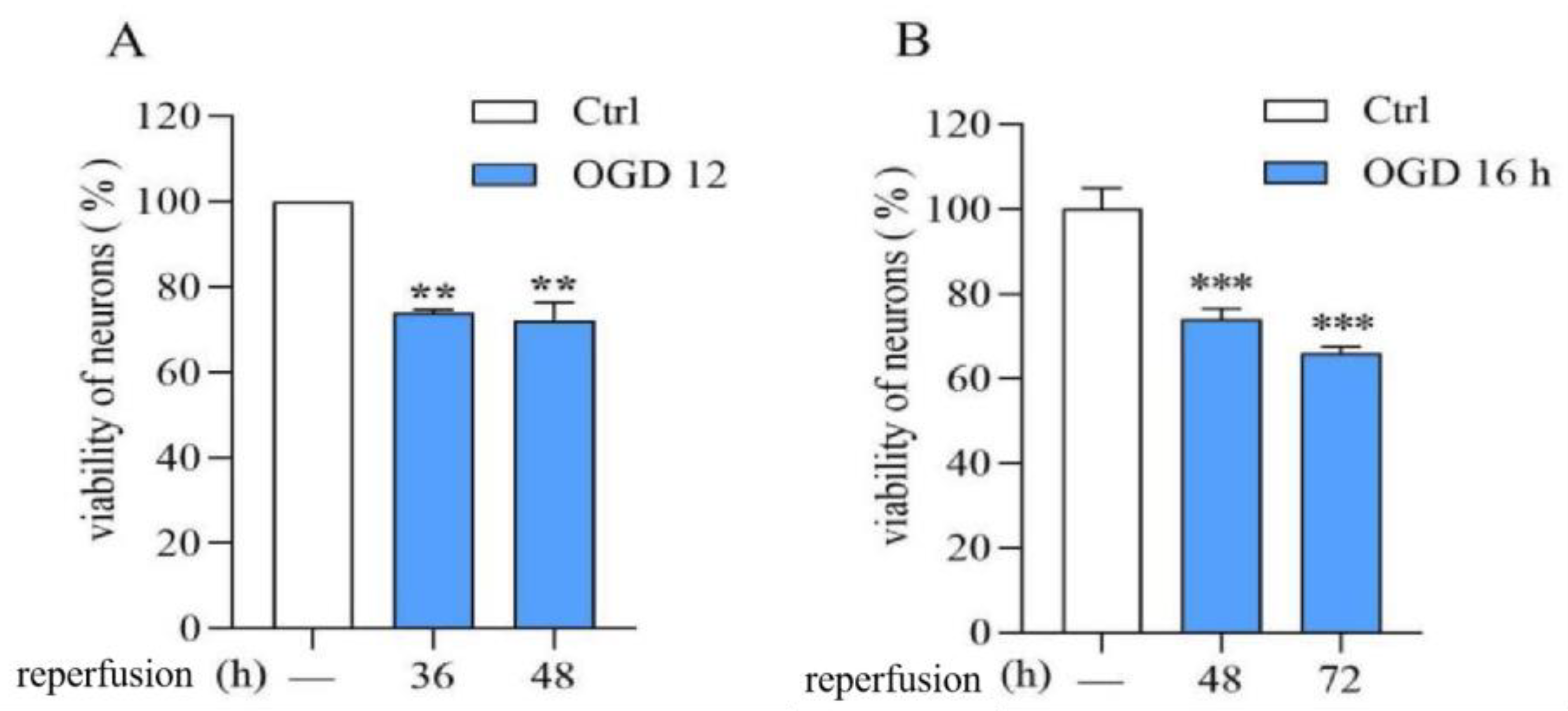


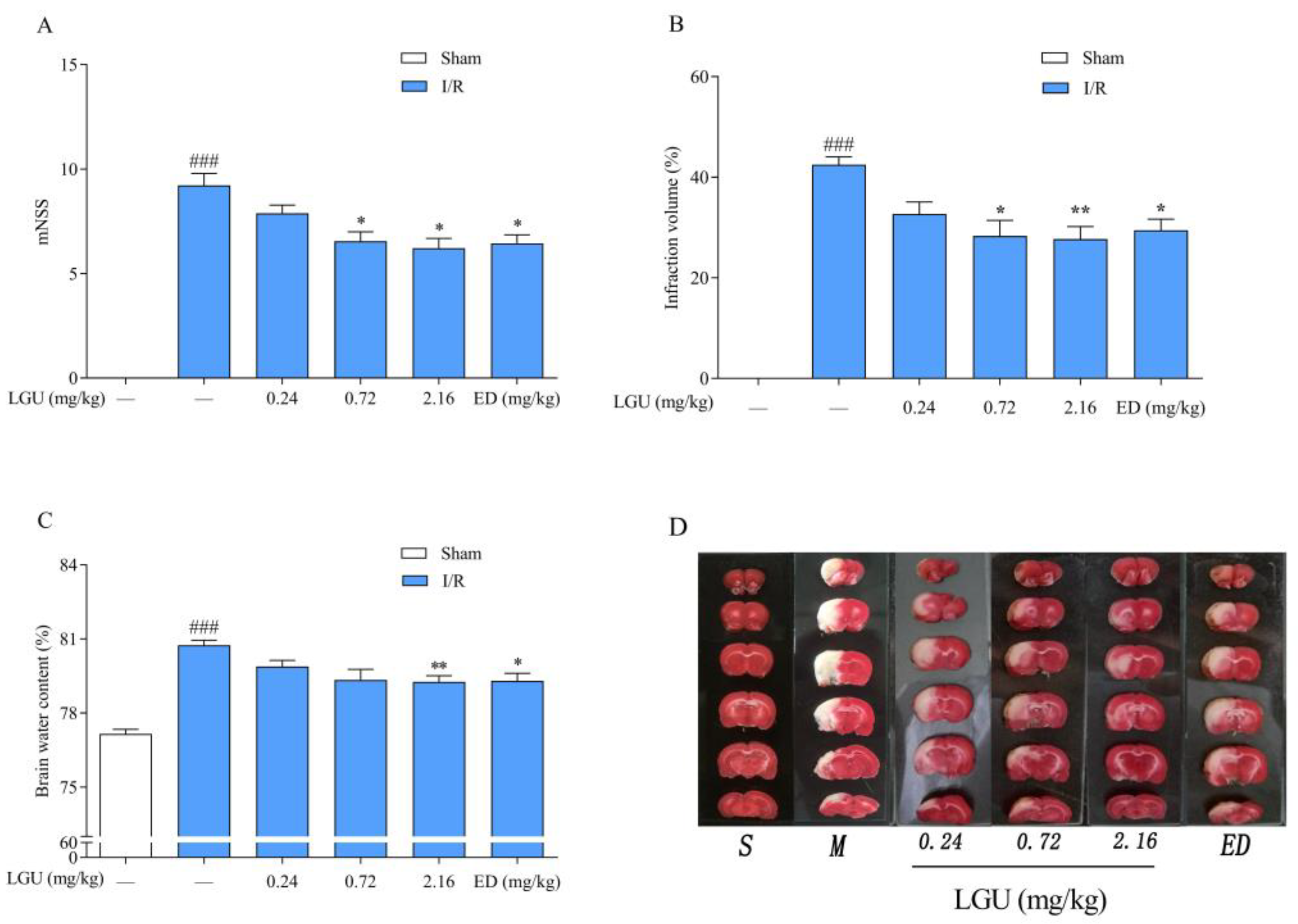
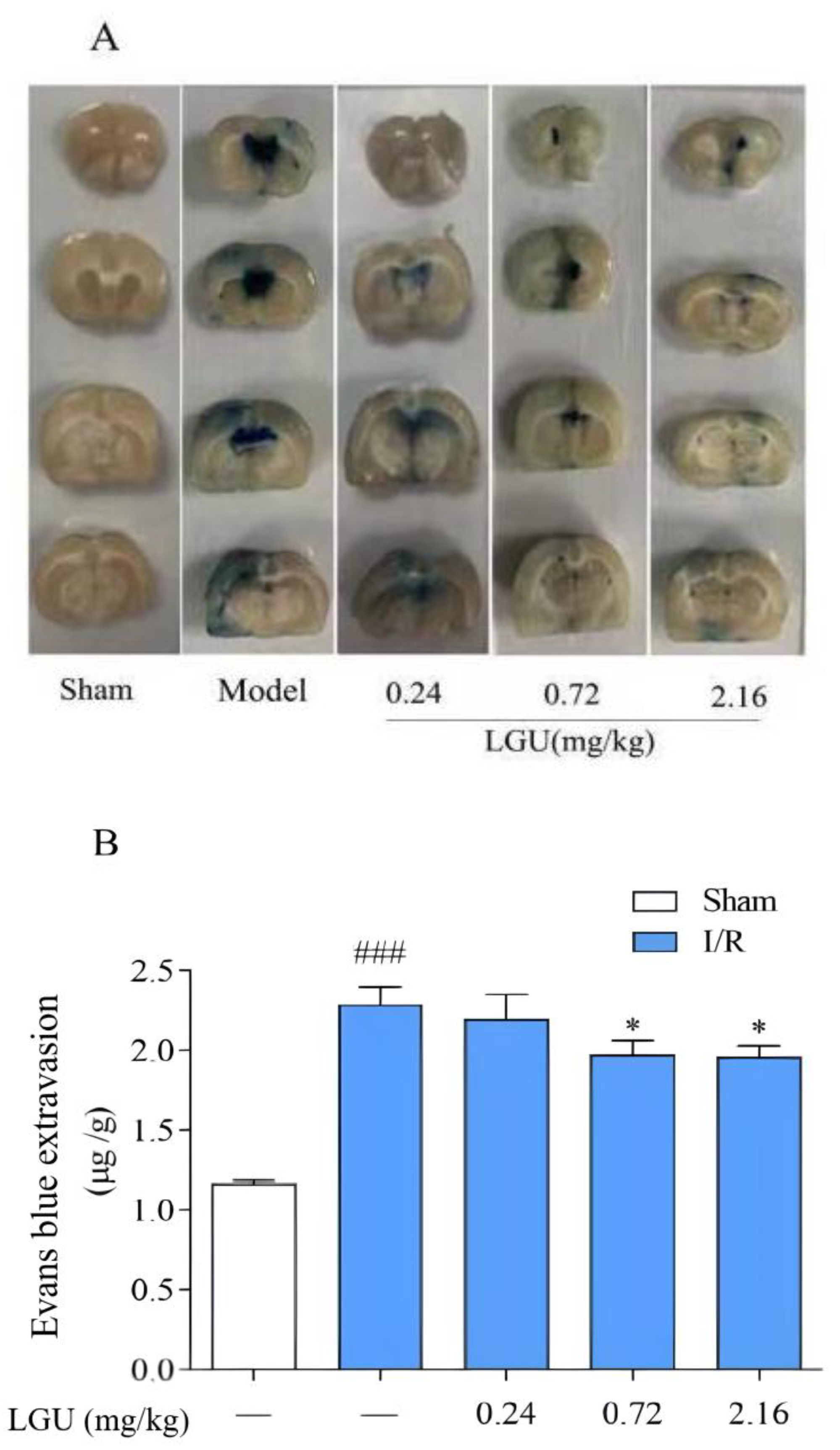

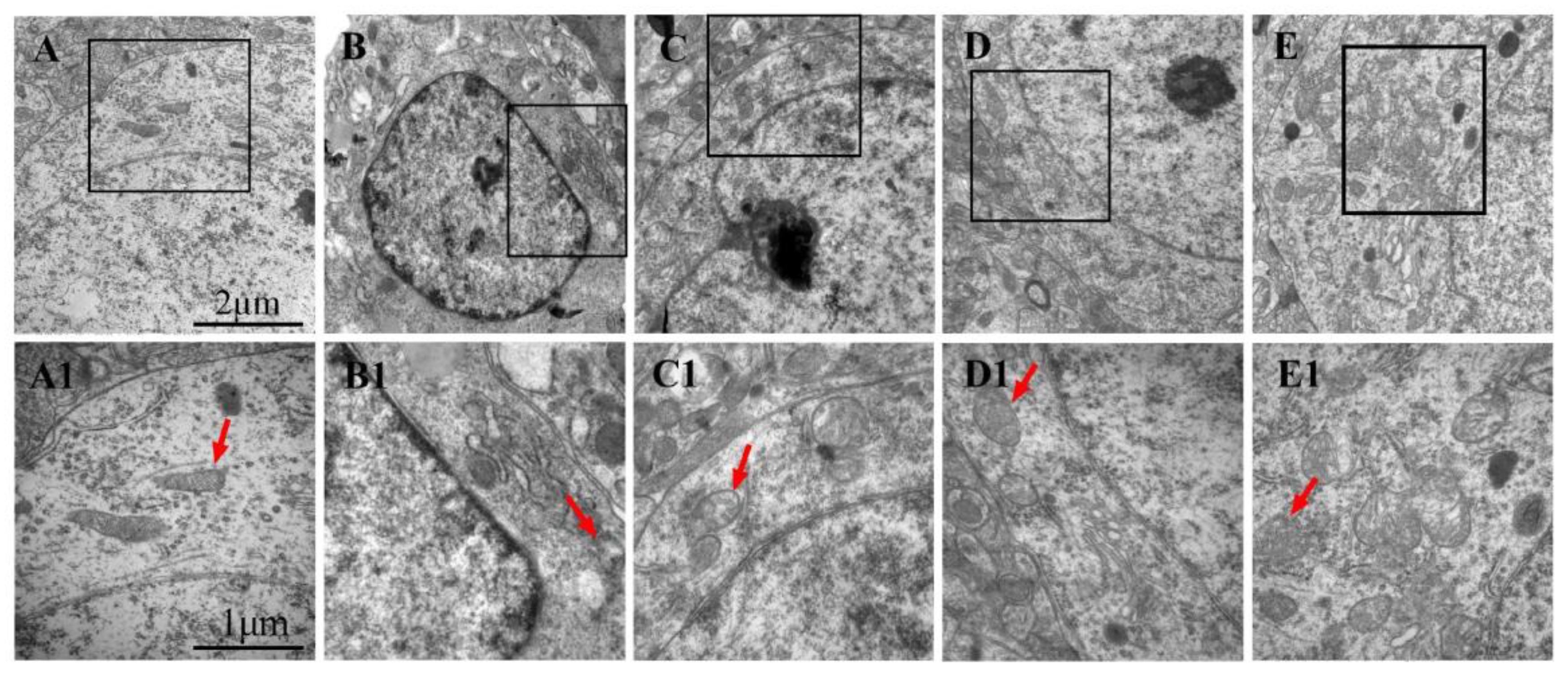



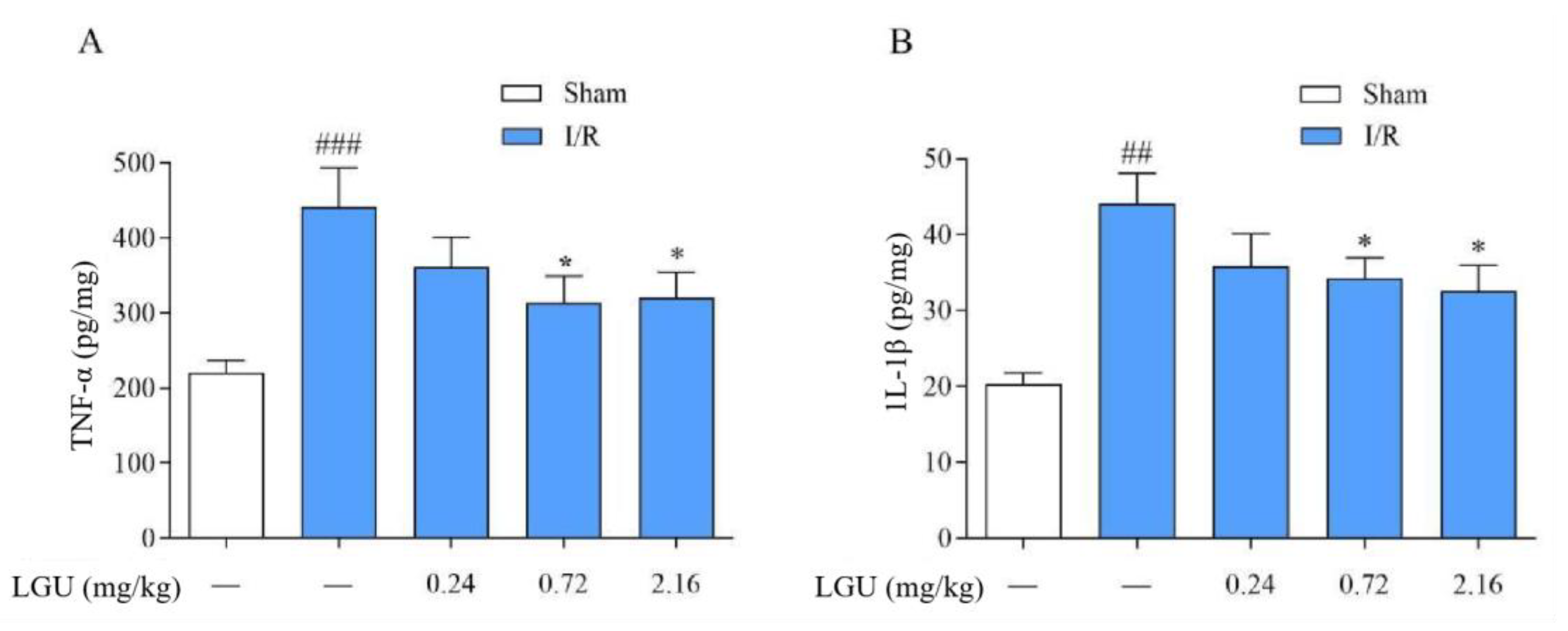
Disclaimer/Publisher’s Note: The statements, opinions and data contained in all publications are solely those of the individual author(s) and contributor(s) and not of MDPI and/or the editor(s). MDPI and/or the editor(s) disclaim responsibility for any injury to people or property resulting from any ideas, methods, instructions or products referred to in the content. |
© 2024 by the authors. Licensee MDPI, Basel, Switzerland. This article is an open access article distributed under the terms and conditions of the Creative Commons Attribution (CC BY) license (https://creativecommons.org/licenses/by/4.0/).
Share and Cite
Fan, X.; Song, J.; Zhang, S.; Lu, L.; Lin, F.; Chen, Y.; Li, S.; Jin, X.; Wang, F. Luteolin-7-O-β-d-Glucuronide Attenuated Cerebral Ischemia/Reperfusion Injury: Involvement of the Blood–Brain Barrier. Biomedicines 2024, 12, 1366. https://doi.org/10.3390/biomedicines12061366
Fan X, Song J, Zhang S, Lu L, Lin F, Chen Y, Li S, Jin X, Wang F. Luteolin-7-O-β-d-Glucuronide Attenuated Cerebral Ischemia/Reperfusion Injury: Involvement of the Blood–Brain Barrier. Biomedicines. 2024; 12(6):1366. https://doi.org/10.3390/biomedicines12061366
Chicago/Turabian StyleFan, Xing, Jintao Song, Shuting Zhang, Lihui Lu, Fang Lin, Yu Chen, Shichang Li, Xinxin Jin, and Fang Wang. 2024. "Luteolin-7-O-β-d-Glucuronide Attenuated Cerebral Ischemia/Reperfusion Injury: Involvement of the Blood–Brain Barrier" Biomedicines 12, no. 6: 1366. https://doi.org/10.3390/biomedicines12061366






